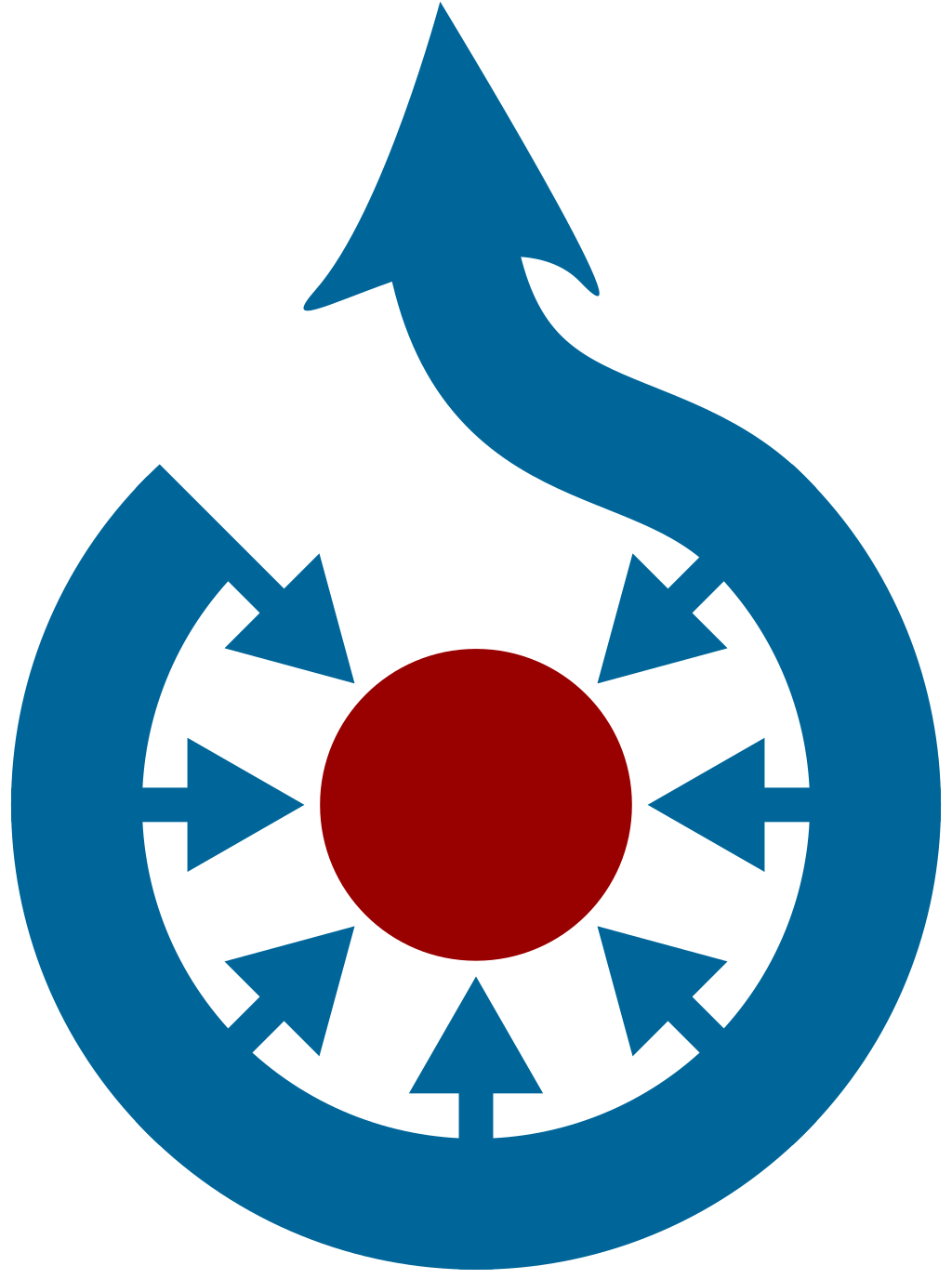
Market Square in a Town
Artist/Maker
Material / Technique
Dimensionsh x w: Mått 36 x 49 cm
Inventory numberNM 355
Other titlesTitle (sv): Torgplats i en stad Title (en): Market Square in a Town
DescriptionCatalogue raisonné: Description in Flemish paintings C. 1600-C. 1800 III, Nationalmuseum, Stockholm, 2010, cat.no. 173: Technical notes: The support consists of a piece of coarse fabric woven in a plain weave technique that has been marouflaged to a hardboard. The preparation seems to cover the structure of the fabric completely. The paint layer is opaque and contains impasto elements in the highlights. The figures and architecture are painted economically. The figures are not modelled well. They are rendered opaquely with impasto used for highlights and emphasis. The foliage of the tree in the middle has distinct highlights in a zigzag pattern (more obvious than in no. 171). The hills in the background are painted in a sfumato technique. The palette probably consists of the same colour mixtures as no. 172 of red, blue and white colours as well as earth colours. There is minor craquelure in the paint layer in areas with dark colours, this occurs mainly in the lower section of the painting. The technique and material seem to match no. 172. Provenance: Johan Gabriel Stenbock 1705; Christina Beata Lillie; Stina Lillie 1727; Johan Gabriel Sack 1727; Eva Bielke 1751; auction after Eva Bielke, Stockholm 1778; purchased by Gustav III 1778; Gustav III 1792, no. 204 (as Adriaen Fransz. Boudewijns); KM 1795, no. 131; KM 1816, no. 213 Bibliography: Sander II, p. 121, no. 204; Göthe 1887, p. 27 (as attributed to Adriaen Fransz. Boudewijns); Göthe 1893, pp. 34–35 (as attributed to Adriaen Fransz. Boudewijns); NM Cat. 1958, p. 182; NM Cat. 1990, p. 328. This painting is a companion piece to no. 172 and depicts a market square in a town. The painting contains a wealth of figures and a large number of architectural features that include urban buildings. The composition of the painting consists of a foreground and middle ground in which there are large numbers of figures, some sitting and others walking, riding or standing. Men, women and children are depicted, some of them in oriental dress. A number of animals are also included in the work in the form of a few cows, sheep and dogs. To the left in the foreground we can see a number of open rowing boats on their way to and from the beach. Some individuals are carrying baskets full of fruit or vegetables. The gathering depicted in the market square is a large one and the individuals are depicted with varying poses and gestures. In the foremost section of the background a town is depicted with its wall, church and secular buildings. To the left of the town there is a bridge with three arches and behind it another settlement as well as high mountains. In the clear sky a number of birds can be seen flying among the light clouds. In earlier texts this painting was attributed to Boudewijns (NM Cat. 1867) with the added comment that Pieter Bout and Schoevaerdts were responsible for the figures. Göthe also refers to Boudewijns and a number of his works in Brunswick and Antwerp, but comments that they are more elegantly executed. According to letters from Gerson-Gudlaugsson dated the 9 June and 17 August 1956, the painting should instead by attributed to Boudewijn’s pupil M. Schoevaerdts. 1 There are technical and stylistic grounds for considering this a more probable attribution than to Boudewijns, for whom Matthijs Schoevardts was for some time a pupil. The Swedish provenance of the two paintings is long-standing and can be traced as far back as to 1705 and the Stenbock family. After having been inherited by the Lillie, Sack and Bielke families, they were finally purchased by Gustav III at the auction of the estate of Eva Bielke in 1778. In the king’s collection they were considered to be works by Boudewijns but have since 1956 been attributed to his pupil Matthijs Schoevardts. KS 1 Letter from Gerson at RKD to Bengt Dahlbäck, 9 June 1956, in NM curatorial files.[End]
Collection
TechniquePainting
Object category
Keyword



